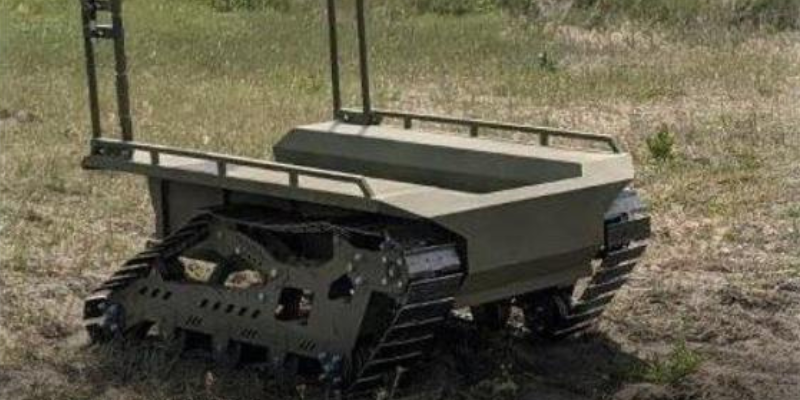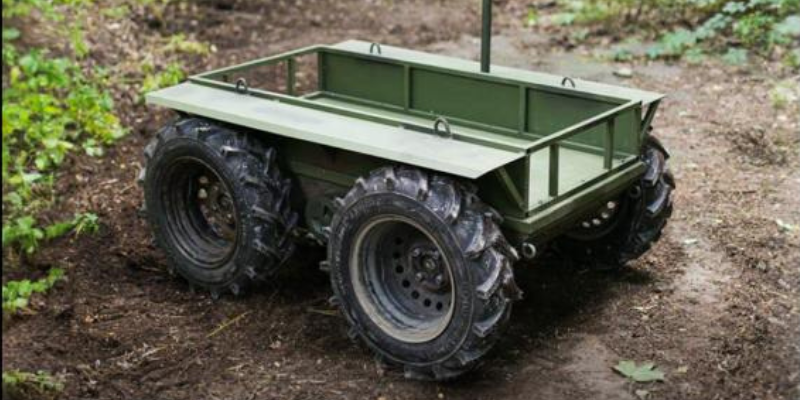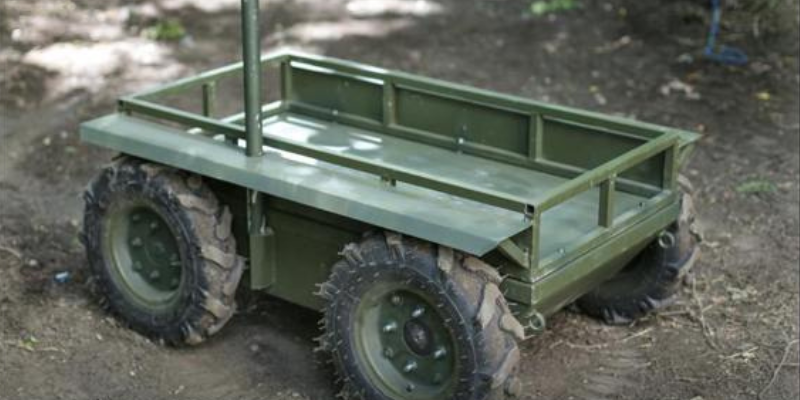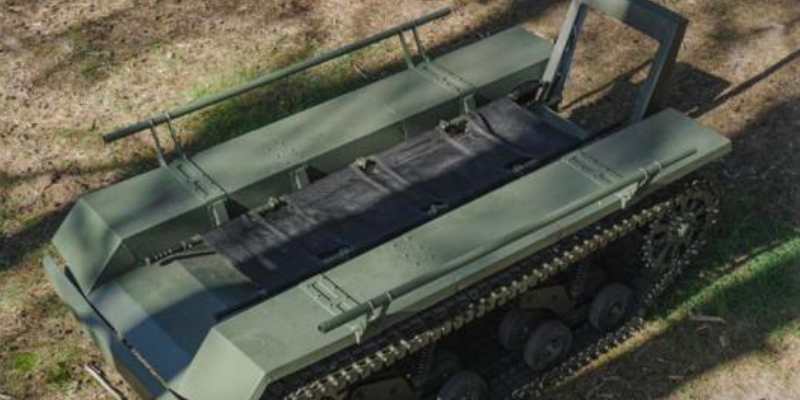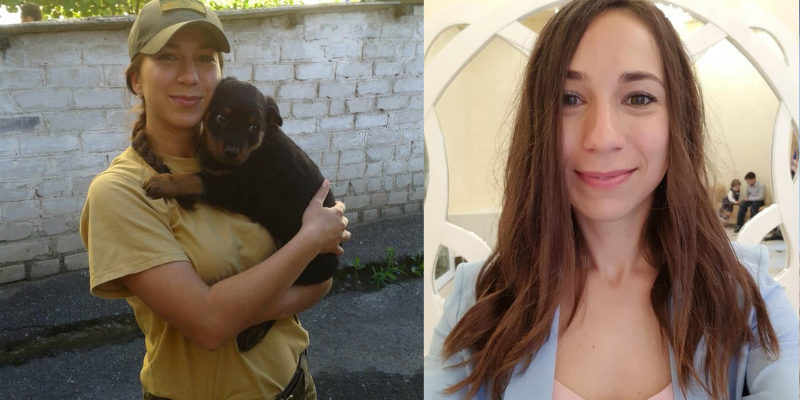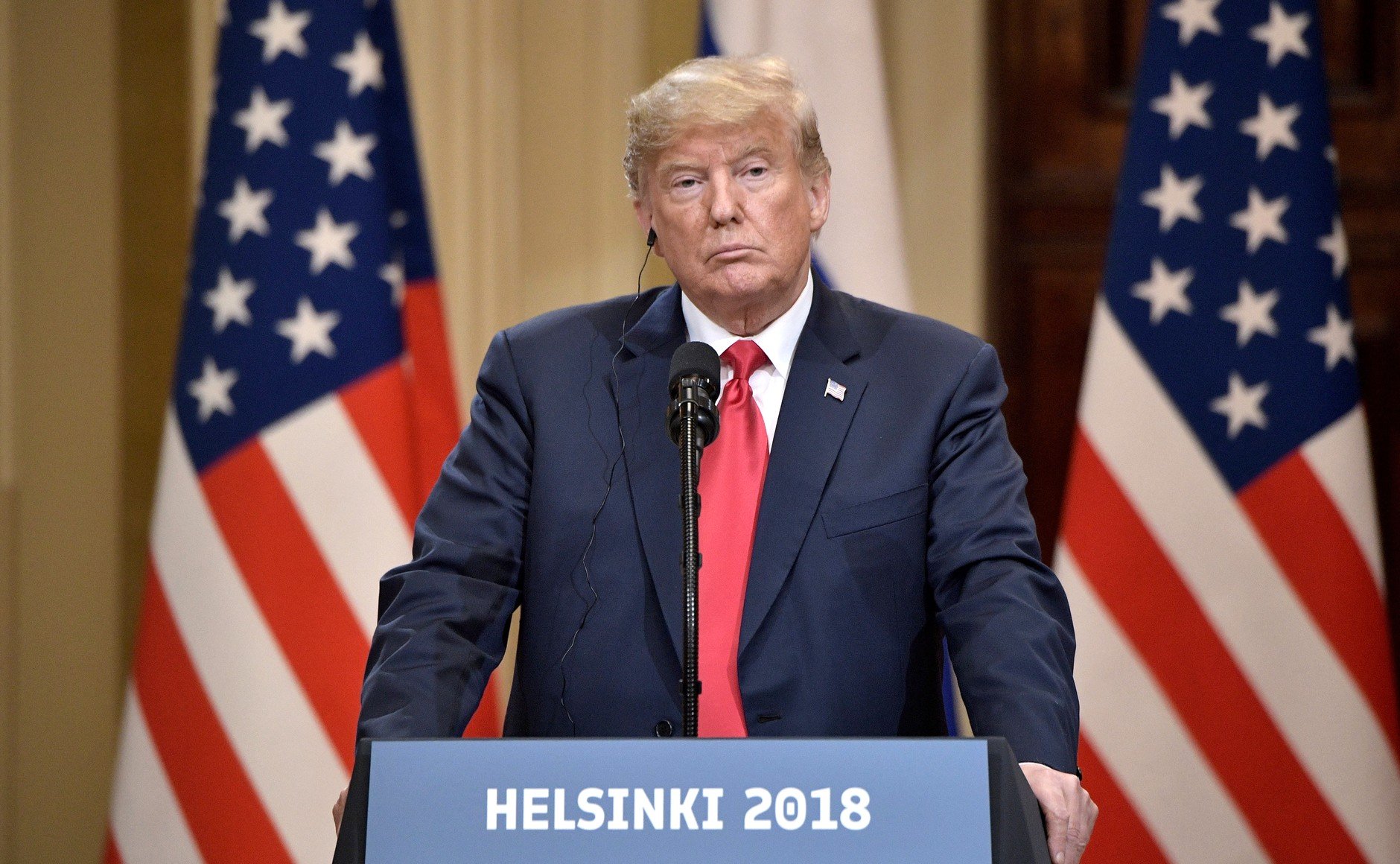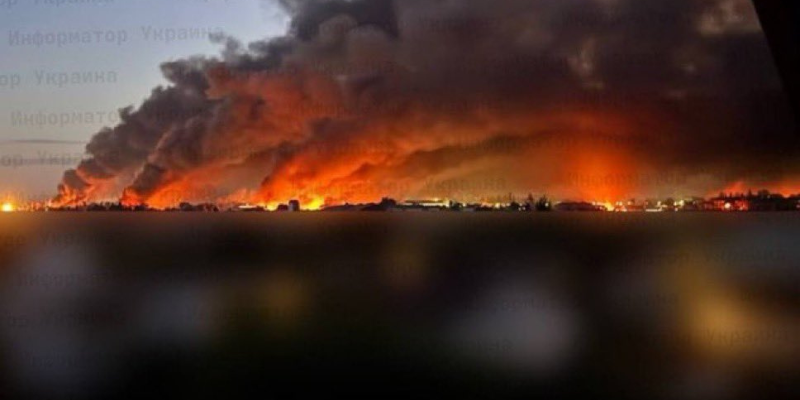About 30% of Russia's nuclear arsenal is within range of Ukrainian drones and missiles
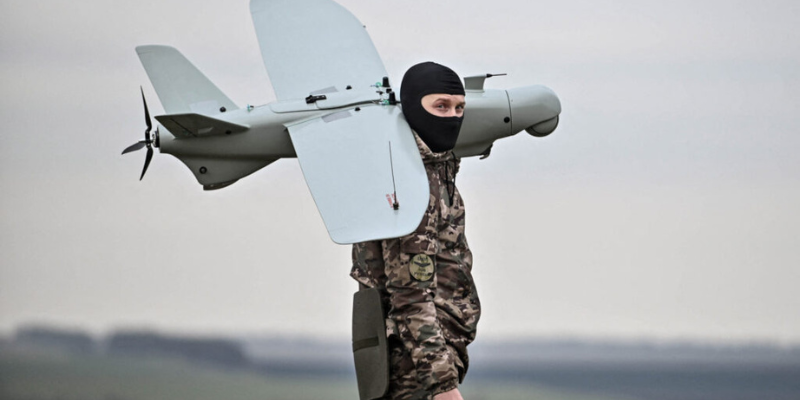
Foreign Affairs Magazine reports that around 30% of Russia’s nuclear arsenal, which consists of about 5,580 warheads, is now within range of Ukrainian drones and missiles.
Ukrainian drones have already reached Moscow, indicating that at least 14 Russian nuclear weapons storage sites are at risk. Two of these sites are less than 100 miles from the Ukrainian border, making them vulnerable to Ukraine’s more powerful missiles. Additionally, five sites are within 200 miles of the border, potentially within range of Western-supplied missiles that Ukraine seeks permission to use against conventional targets in Russia.
The article stresses that there is no evidence of deliberate targeting of nuclear warhead sites by Ukrainian forces. However, it emphasizes that the responsibility lies with the Russian government to move the warheads away from harm. This concern arose after Ukraine’s missile and drone attacks on Belgorod prompted Russia to declare its Belgorod storage facility nuclear-free, acknowledging the need to keep warheads away from military operations.
SOURCESymbolic number of the Day
According to Ihor Palahniuk, the Head of the Personnel Training Department of the Land Forces Command, it costs approximately 200,000 hryvnias (around $4,800) to train a rifleman at a state training center.
This cost covers expenses for uniforms, ammunition, and other necessary items. The calculation is based on the recently extended duration of the Basic General Military Training (BGT) program, which has been increased from 30 to 45 days. Additionally, it requires an additional 100,000 hryvnias (about $2,400) to train a fighter in a specialized skill after the BGT, such as becoming a machine gunner. Consequently, the total cost to train a machine gunner is approximately 300,000 hryvnias (around $7,200). It is worth noting that as of 1 November, all 27 training centers in Ukraine have increased the duration of the BGMT from 30 to 45 days.
SOURCEWar in Pictures
The Defense Ministry has codified four multifunctional robotic systems developed by the Brave1 cluster, allowing them to operate at the front lines. According to Deputy Prime Minister Mykhailo Fedorov, these robotic units have reduced the losses of the Ukrainian military by 30%. The codification includes TANCHIK, a platform capable of performing a range of missions such as reconnaissance, sabotage, evacuation, attack, and logistics. TARGAN 2K is a versatile complex that can be adapted for various tasks and has a range of up to 20 km, costing $3,000. TARGAN 200, designed for heavier loads, can replace 2 to 8 people in logistics. BUREAU is a complex designed for heavy items and fighter evacuation logistics. Fedorov emphasized that these developments can save lives, as the robots can perform tasks like fighter evacuation, provision delivery, deployment, and mine-laying, reducing the risk to human fighters. He also noted that having more technological advantages at the front lines is crucial in this war.
SOURCEVideo of the Day
In the morning, UAVs attacked a Russian Caspian Fleet base and its command center in Dagestan. Ukrainian UAVs have reached Dagestan. The drone was shot down over the Caspian Sea. This is the main base of the Caspian Flotilla of the Russian Navy, where there are 5 Kalibr carriers, 2 of which were transferred from the Black Sea. Locals report that a drone hit the territory of the military unit. The head of Dagestan confirmed the drone attack. The outcome of the attack is currently unknown.
SOURCEISW report

The first North Korean forces have likely officially engaged in combat against Ukrainian troops in Kursk Oblast. Ukrainian Defense Minister Rustem Umerov stated in an interview with South Korean national broadcaster KBS on November 5 that Ukrainian forces engaged in “small-scale” clashes with North Korean troops in Kursk Oblast but emphasized that it will take more time for the entire contingent of North Korean forces to deploy to Kursk Oblast and enter combat.
A source in Ukraine’s special services also told Ukrainian outlet Suspilne that the first combat clashes between Ukrainian and North Korean forces have occurred but stated that these are not “large connections” between Ukrainian and North Korean forces. Umerov noted that it would be difficult for Ukrainian forces to quickly ascertain North Korean casualty counts from the initial fighting because North Korean soldiers have been “mixed in” with the Russian army and are “disguised” as soldiers from the Republic of Buryatia, which notably suggests that the Russian military is trying to integrate North Korean combat power into the Russian force structure, as opposed to maintaining separate North Korean units fighting under Russian command.
North Korean force structure under Russia’s command remains unclear, however. Umerov forecasted that more North Korean personnel will finish deploying within a few weeks once they complete training in the Russian Far East. Ukrainian President Volodymyr Zelensky estimated on November 4 that there are already 11,000 North Korean personnel in Kursk Oblast, although the majority of this number is likely not yet on the frontline.
ISW continues to assess that Russia will likely leverage North Korean manpower to first and foremost repel the Ukrainian incursion into Kursk Oblast, and that in return North Korean troops hope to gain combat and military-technical experience in the conditions for a contemporary and technologically driven war.
SOURCEWar heroes
Lieutenant Colonel Eleonora Didkovska died on 30 July 2023 during an enemy air strike on the positions of Ukrainian defenders in the city of Orikhiv, Zaporizhzhia region. The fighter was 34 years old.
Eleonora was born in the village of Kotsiubynske, Kyiv region. She attended secondary school No. 18. Since childhood, she has been involved in sports. She chose futsal. As a member of the Bilychanka-NPU club, she was a ten-time Ukrainian futsal champion. She played for the Ukrainian national futsal team.
But she also had another passion – military topography. In 2007, Eleonora became a cadet at the Military Institute of Taras Shevchenko National University of Kyiv. After graduation, she served in many places. She took part in the Russian-Ukrainian war from the very beginning in 2014. In 2023, she was awarded the Cabinet of Ministers of Ukraine Prize for developing and implementing innovative technologies. In November 2022, Eleonora was selected to join the 47th Separate Mechanized Brigade ‘Magura’. Later, she became Chief of the Operational Staff.
‘Fragile, big brown eyes and …. smile! That’s how she will be remembered! That’s how her parents raised her! Her mother Irina and father Sergey, who supported and helped her. They brought up and raised Elina’s son. She really appreciated every minute with her family! Her cherished dream was to travel with her family and have a free Ukraine! She was truly a patriot. On the morning of 31 July, she was supposed to go home on holiday. But the day before, an enemy shelling claimed the lives of many fighters…’ wrote friend and volunteer Victoria Shapran.
In June 2022, the servicewoman was awarded the Order of Danylo Halytskyi, and posthumously the Order of Bohdan Khmelnytskyi, III degree. Eleonora was buried in her native village. She is survived by her mother Iryna, father Serhii, son Tymofii, other relatives, many friends, brothers and sisters-in-arms.
*Eleonora’s story on the Heroes Memorial – a platform for stories about the fallen defenders of Ukraine.
SOURCELatest news
- Kursk incursion thwarted Russia’s plans for ‘buffer zone’ in Sumy Oblast
- Polish Foreign Minister: Europe must assume greater responsibility for its own security
- South Korea considering sending observers to Ukraine over DPRK military participation
- Trump says he will “stop wars”
- Russia launches two Iranian satellites into orbit
